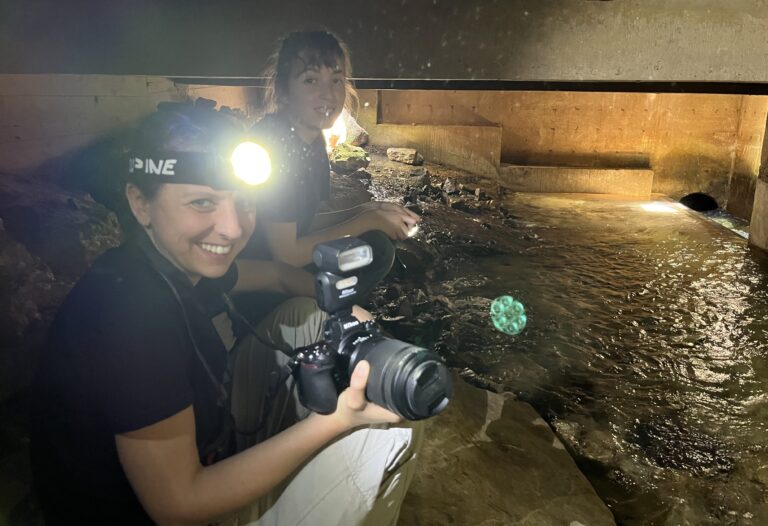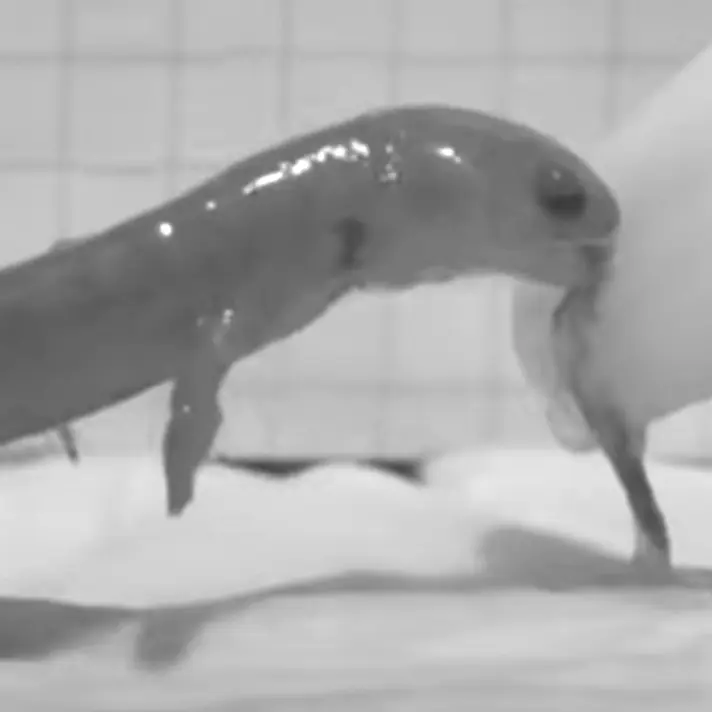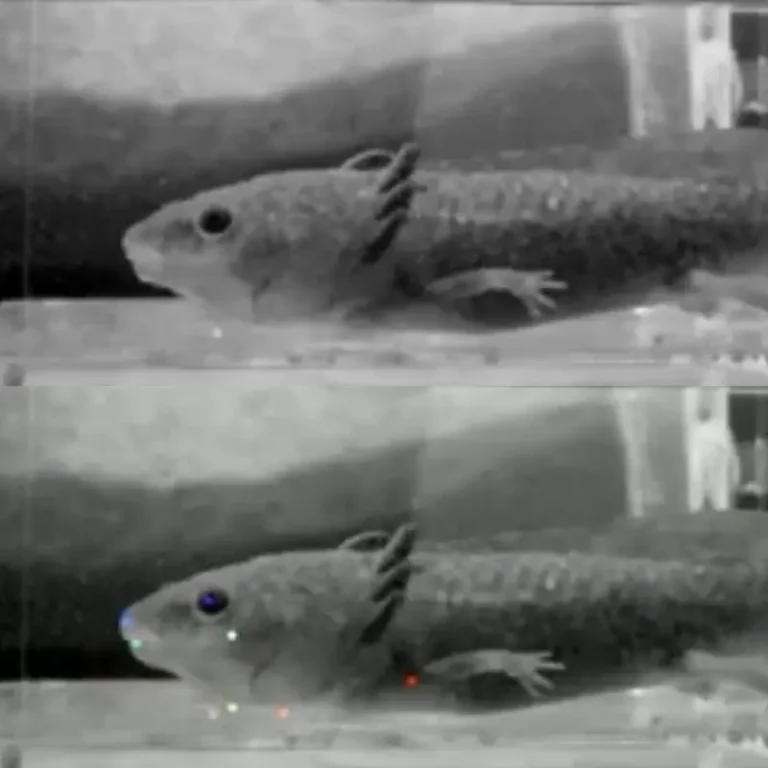Why salamanders are so special?
Were you aware that Salamanders present the most important diversity of developmental strategies among vertebrates? Most salamander species have what we call a biphasic life cycle, meaning that, like the frogs, eggs are laid in water and hatch to give rise to aquatic larvae which grow until they metamorphose into adults. But there are also paedomorphic salamanders like axolotls which retain larval traits their entire life even when becoming sexually mature, direct developers whose eggs hatch and produce juveniles that are already totally formed, and viviparous salamanders where females give birth to juveniles that are completely formed similar to what is happening in mammals.
Salamanders catch and swallow their preys but how?
Salamanders are mostly sit-and-wait opportunistic predators. They eat whatever insects, mollusks, or small vertebrates they can catch and swallow. But depending on their life stage and on their developmental strategy they have to capture prey in water or on land. This results in major differences as the physical properties of these two environments are not the same.For larval salamanders, paedomorphs, and aquatic metamorphs prey are caught using suction: they open their mouth and expand their throat, causing a flow of water towards the mouth which drags the prey into the oral cavity. However, whereas in larvae and paedomorphs, the water is evacuated through the gill slits at the back of the head (the flow is unidirectional), aquatic metamorphs do not have gill slits anymore and have to expel the water through their mouth while maintaining the prey in between the jaws.
Terrestrial salamanders cannot use suction because air is not as viscous as water, and consequently they capture prey with the sticky pad of their tongue. Different types of tongues exist within salamanders, the most specialize type is the ballistic tongue of direct developers.
Comparing larvae and adults of biphasic species in which metamorphosis is associated with a change in the living environment going from suction in water to tongue prehension on land is particularly of interest as this requires a drastic reorganization of the skull, jaw, and the muscles of the head.
What were we doing at the Amphibian Foundation?
In April, at the amphibian foundation we filmed larvae and adults of different species of often rare and endangered salamanders.
Comparing the differences between species will allow us to better understand the influence of the developmental strategies and life-history stages on the feeding kinematics of salamanders.
In a broader way, our project on salamander feeding could help understand larger evolutionary questions like why almost all successful lineages of animals have a complex life cycles composed of morphologically disparate stages, or how was it possible for the ancestor of the terrestrial animals to emerge from water and colonize land.
Before to leave this page don’t forget to visit the website of the amphibian foundation !!!!



